
What is Consumer Debt?
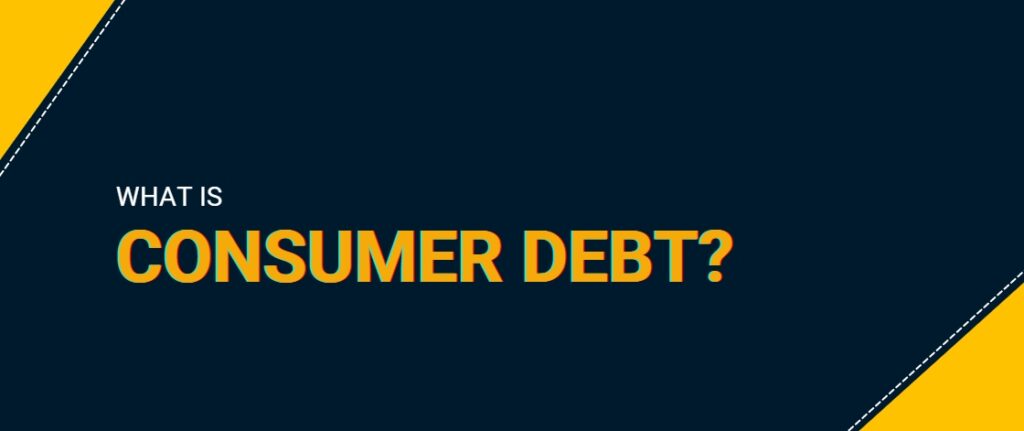
Consumer debt refers to the amount of money individuals or households owe to purchase goods and services. It is also known as personal debt, as individuals incur it for their own personal use.
This type of debt can include credit card balances, car loans, student loans, and other forms of borrowing.
Let us start by understanding its types.
Types of Consumer Debt
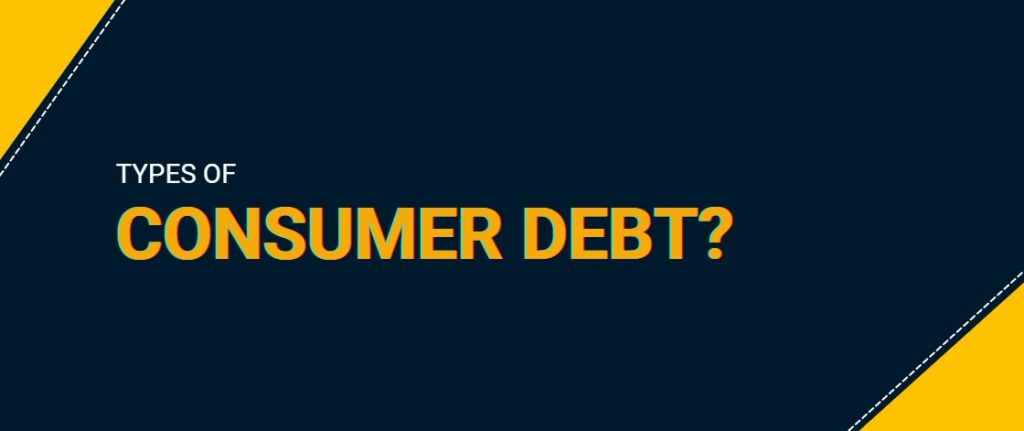
Consumer debt can take many forms, including loans, credit cards, and mortgages. Below are its different types:
- Credit Card Debt- This is a type of unsecured debt where individuals borrow money from credit card companies to make purchases. The interest rates on credit card debt can be high, making it challenging to pay off.
- Household Loans- This type of debt includes home equity loans, mortgages, and other forms of borrowing related to home ownership. These loans are secured by the home’s value and might burden families significantly.
- Car Loans- Car Loans are for purchasing a vehicle. These can be secured or unsecured, with secured loans requiring collateral such as the vehicle.
- Student Loans- This debt is to pay for education expenses. Student loans can be either federal or private and the interest rates can vary depending on the type of loan.
These are different types of consumer debts. Next, let us see how it impacts the economy.
Impact of Consumer Debt on the Economy
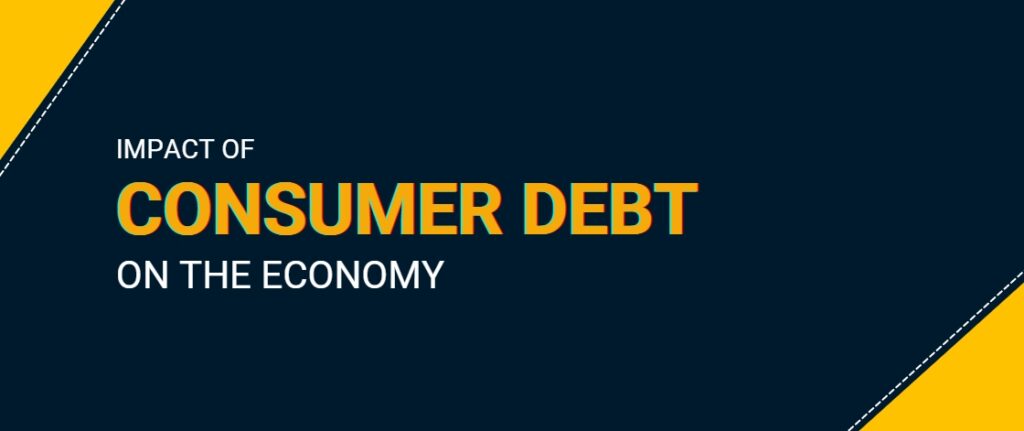
Consumer debt plays a significant role in the overall health of the economy. Its high levels can positively and negatively impact economic growth and stability.
On the positive side, consumer receivables such as credit card debt and car loans can help drive economic growth by allowing individuals to make purchases they would otherwise not be able to afford. This spending, in turn, can create jobs and stimulate economic activity.
However, high consumer debt levels can also be a significant economic risk. When consumers are unable to pay off their debts, it can lead to defaults and bankruptcies, which can have a ripple effect on the economy. Additionally, high consumer debt levels can lead to reduced consumer spending, which can hurt businesses and slow economic growth.
If you need some ideas about what to read next, here they are:
Moreover, the government’s debt and attitudes toward consumer debt also play a crucial role in the economy. If the government cannot control its own debt levels, it can impact its ability to provide necessary services and infrastructure, leading to negative economic consequences. Furthermore, government attitudes towards these factors, such as interest rates and regulations, can impact consumer behavior and the economy’s overall health.
Thus, it is a complex issue that requires careful management and consideration to ensure that it supports, rather than undermines, the overall health of the economy.
Now, let us look at the relationship between consumer debt & recession risk.
Relationship Between Consumer Debt and Recession Risk
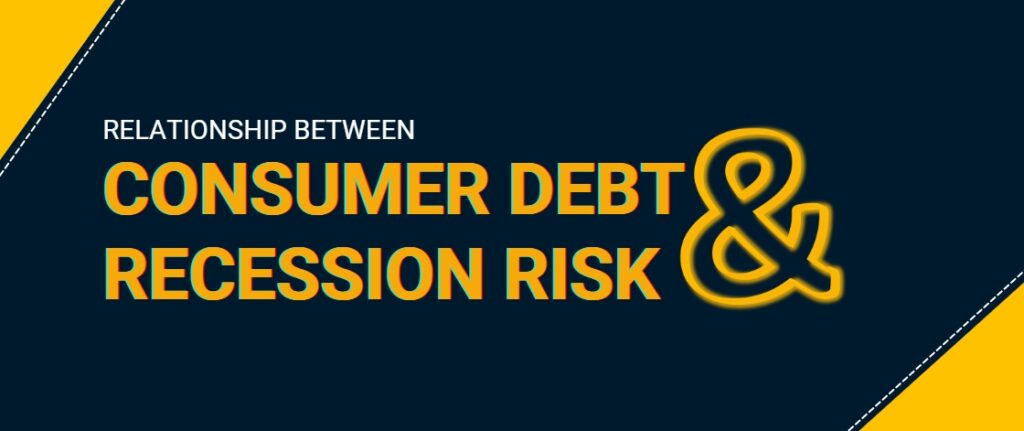
The relationship between consumer debt and recession risk is a topic of much debate among economists. Here are some unique points to consider:
- Total Consumer Debt- When its total amount is high, it can indicate economic instability. This is because high debt levels can lead to reduced consumer spending, which can hurt businesses and slow economic growth.
- US Consumer Debt- In the United States, consumer debt has steadily increased over the years, reaching a record high of $14.2 trillion in 2020. This has raised concerns among economists about a potential recession.
- Debt Rate in America- The debt rate in America is also a cause for concern. The debt rate, which measures the percentage of household income that goes towards debt payments, has been steadily increasing. This means that more and more households are devoting a more significant portion of their income towards debt, leaving less money for other expenses.
- Recession Risk- High levels of consumer debt can increase the risk of a recession. If a significant number of households are unable to make their debt payments, it can lead to defaults and bankruptcies, which can affect the economy manifolds.
The relationship between consumer debt and recession risk is complex and multifaceted. While high levels of consumer debt can be a cause for concern, one must take into account other economic factors to understand the risk of a recession fully.
Next, let us see how consumer debt can be a leading indicator of a recession.
How Can Consumer Debt be a Leading Indicator of a Recession?
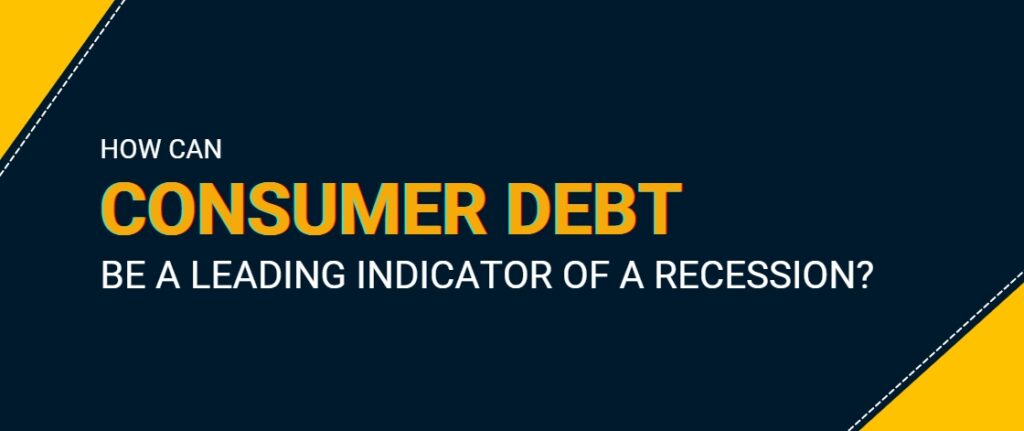
Consumer debt can be a leading indicator of a recession because it reflects households’ financial health and spending habits. When personal debt levels are high, it can indicate that consumers are taking on more debt than they can afford to repay, which can lead to reduced spending and financial instability. Here are some ways in which consumer debt can be a leading indicator of a recession:
- Reduced Consumer Spending- When households have high levels of personal debt, they may have to reduce their spending on discretionary items. This can lead to reduced demand for goods and services, harming businesses and slowing economic growth.
- Increased Defaults and Bankruptcies- If consumers are unable to make their debt payments, it can lead to defaults and bankruptcies, which can worsen the overall financial effect.
- Government Debt and Attitudes- Government debt and attitudes towards personal debt can also predict a recession. If the government cannot control its own debt levels, it can impact its ability to provide necessary services and infrastructure, leading to negative economic consequences.
High levels of personal debt, especially in areas like family debt, can be a warning sign of an economic downturn.
Let us next look at what is the current state of consumer debt.
Current State of Consumer Debt
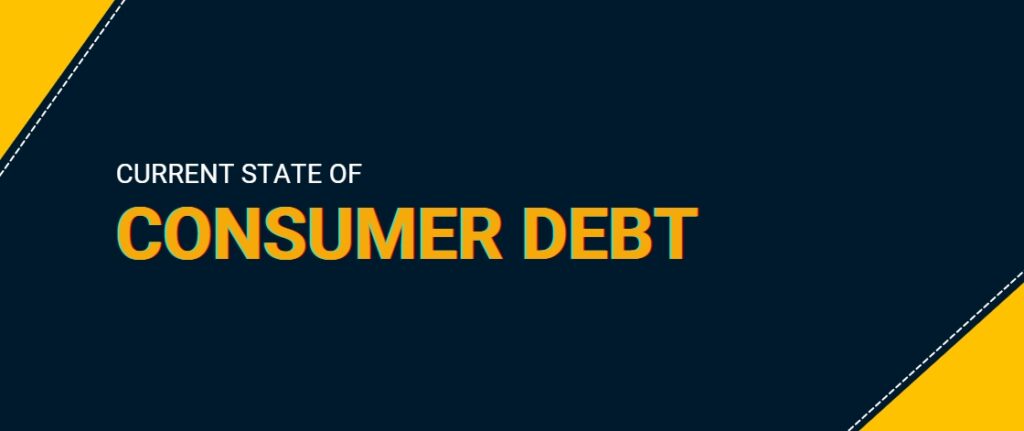
The current state of consumer debt is a topic of concern among economists and policymakers. According to the latest quarterly report on household debt and credit, in the fourth quarter of 2022, there was a 2.4 percent increase in total household debt, amounting to $394 billion, reaching a total of $16.90 trillion. Here are some key points to consider:
- Consumer Debt- Consumer debt includes all household debt, such as credit card debt, car loans, and mortgages. In 2022, the total balance of consumer debt rose to $16.38 trillion from $15.31 trillion in 2021, reflecting a 7% growth that surpassed the 5.4% increase in the same period from 2020 to 2021.
- Personal Debt- Personal debt, such as credit card debt and student loans, is a growing concern in the United States. Credit card debt reached a record high of $930.6 billion by the end of 2022, indicating an increase of 18.5% from the previous year, attributed to inflation and higher interest rates.
- Families’ Debt- Families’ debt is also a significant concern, with many households struggling to make ends meet due to high debt levels. According to a recent study, 41% of households with credit card debt constantly struggle to make minimum payments.
Overall, the current state of consumer debt is cause for concern. Policymakers must take steps to address the issue and prevent potential economic downturns.
So far, we have seen the types of consumer debt, its impact on the economy, the relationship between consumer debt and the risk of a recession, and the current state of consumer debt. Next, let’s discuss the measures to mitigate consumer debt’s economic impact.
Measures to Mitigate Consumer Debt’s Impact on the Economy
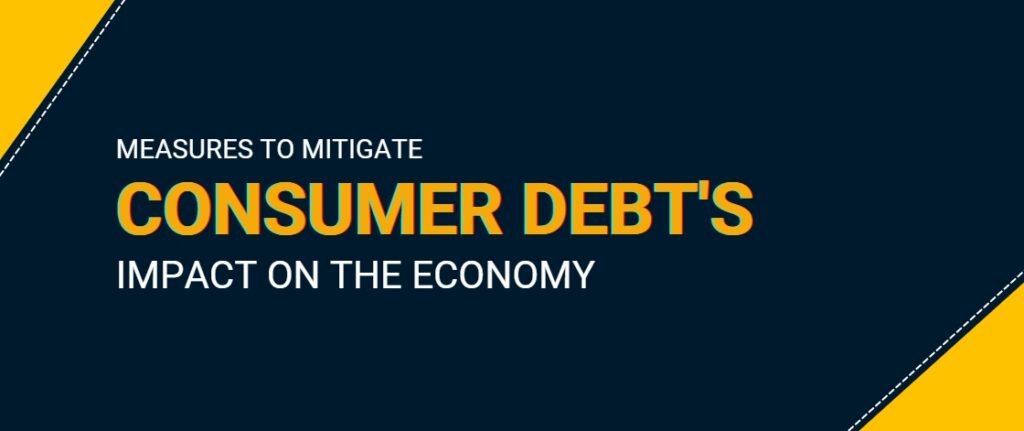
Measures to mitigate consumer debt’s impact on the economy are necessary to prevent economic downturns and maintain financial stability. Here are some key steps:
- Promote Financial Education- Educating consumers about the dangers of excessive debt and providing them with tools to manage their finances effectively can help prevent overborrowing and financial distress.
- Encourage Responsible Lending- Lenders can play a crucial role in mitigating the impact of consumer debt on the economy by adhering to responsible lending practices. This includes assessing borrowers’ ability to repay loans and providing clear and transparent information about loan terms.
- Increase Consumer Protections- Stronger consumer protections can help prevent abusive lending practices and protect vulnerable borrowers from high-interest loans.
- Address Student Loan Debt- Student loan debt is a significant contributor to total consumer debt, and addressing this issue can help reduce the burden on households. Implementation of policies such as loan forgiveness or income-based repayment plans may help.
- Monitor Consumer Receivables- Monitoring consumer receivables, such as credit card debt and household loans, can help identify potential risks and prevent them from spiraling out of control.
Thus, taking measures to mitigate the impact of consumer debt on the economy is crucial for maintaining financial stability and preventing economic downturns. By promoting responsible lending practices, increasing consumer protections, and addressing student loan debt, policymakers can work towards reducing the overall burden of total consumer debt on households and the economy.
In the final section, let us look at an investment alternative that has been helping people combat the risk of recession.
The Bottom Line
Consumer debt is a complex issue with far-reaching implications for households and the economy. As debt levels continue to rise in the United States, it is crucial to take measures to mitigate its impact. By promoting financial education, responsible lending practices, and stronger consumer protections, we can work towards reducing the burden of consumer debt on households and the economy. It is essential to monitor consumer receivables, such as credit card debt and household loans, to identify potential risks and prevent them from spiraling out of control. Addressing this issue is important for maintaining financial stability and preventing economic downturns.
Frequently Asked Questions~
- What are 3 things that happen during a recession? – During a recession, there is a significant decline in economic activity, leading to job losses, decreased consumer spending, and a drop in stock prices. Personal debt levels may also increase as people struggle to make ends meet.
- How does consumer behavior change during a recession? – During a recession, consumer behavior tends to shift towards saving money and reducing spending on non-essential items. People may also prioritize paying off existing debts and avoiding taking on new debt, leading to a decrease in consumer debt levels.
- What is an example of a recession? – One example of a recession is the 2008 Great Recession, which was due to the collapse of the US housing market and resulted in significant job losses, stock market declines, and a rise in US consumer debt levels.
Join Our Newsletter
Elevate your financial game & join the ranks of elite investors with Secvolt’s exclusive newsletter.
Join Our Newsletter
Elevate your financial game & join the ranks of elite investors with Secvolt’s exclusive newsletter.
Don’t just dream of wealth; achieve it with Secvolt. Schedule a call today for personalized guidance on your investment strategy and join the ultra-successful.
Ready to unlock your wealth’s truest potential & cherish affluence?
Secvolt, our hedge fund, sets the bar high with a record-breaking performance of 262% returns in 2022. With the brilliance of our highly advanced quant models and the efficiency of our risk mitigation protocols, we are yet to see a loss!
We’re the perfect ally to help you succeed financially and build the lasting legacy you have always aspired for.
Get in touch today. YOUR LEGACY AWAITS YOU…





